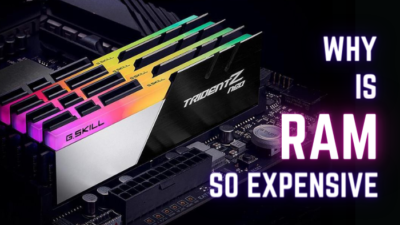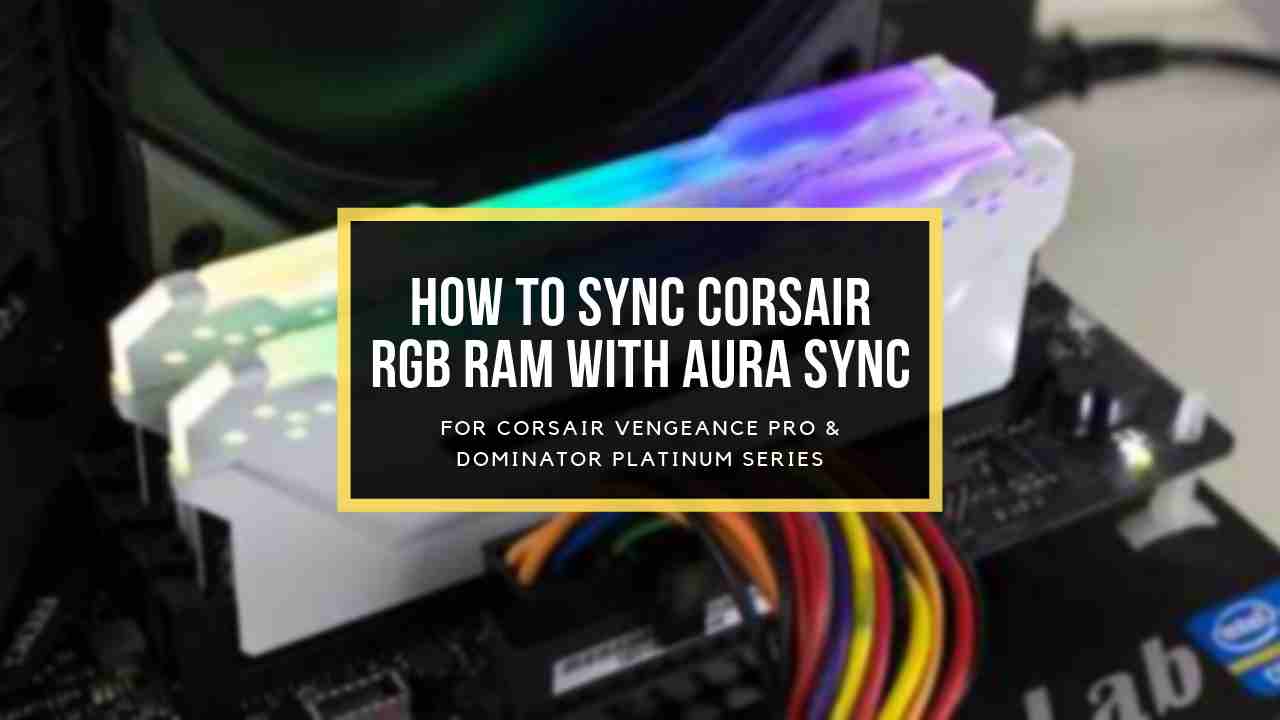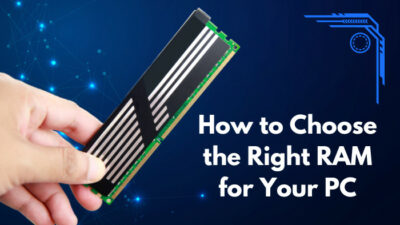Nowadays, tech geeks are never shy of boosting their PC performance. Following up on this, overclocking RAM has been quite common among us, right?
But overclocking RAM can permanently damage your PC components due to a lack of proper ventilation supplements.
RAM is a PC component that usually does not overheat unless you overclock the RAM. Once you overclock the memory to increase your work speed, you need a system to reduce heat issues.
So, the question is, Can I overclock a RAM without a heatsink?

In this post, I will describe you briefly about RAM overclock, Heatsink, and several other essential things correlated with this topic.
So, read the whole post and get a clear idea about RAM overclock and heatsink.
What is RAM overclock?
RAM overclock is a process where you can increase the available clock speed of RAM set by the manufacturer. Usually, RAM overclocking is done to get the full RAM work potential. It helps memory connect with the CPU and other components and work parallel.
Though, overclocking is a familiar term with CPU and GPU. But you can also overclock your RAM.
High-end RAM can transfer data faster than your GPU or CPU. But, when it is not compatible with the other components (GPU, CPU), the RAM can cause a bottleneck and slow down your PC’s work process.
But don’t worry. RAM overclocking can solve this issue and speed up your RAM’s data transfer rate to your processor.
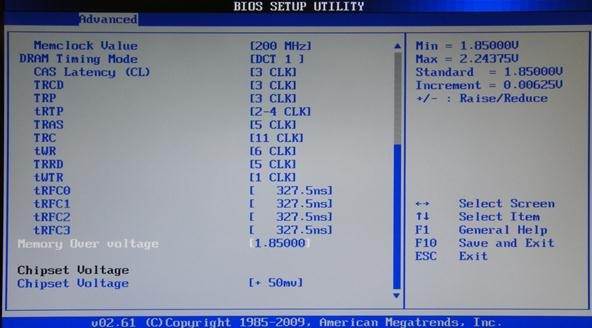
Here are steps for overclocking the RAM:
- Go to your UEFI BIOS settings and find DRAM frequency.
- Increase the speed. But never go up more than one step. You can also overclock RAM by using XMP. But only INTEL users can use it. Another process to increase RAM is to lower your tCL,tRP,tRCD, and tRAS timings.
- Reboot your PC, and you will feel the speed boost of your RAM.
This is the process of RAM overclocking. You need to focus on one thing when you overclock your memory. It will increase the temperature of your memory.
You can add a heatsink to your RAM to reduce the heat issue.
What is a RAM heatsink?
RAM heatsink is a product that can protect your RAM from overheating issues. It keeps your memory cooler while your memory temperature increases for faster data transfer. Usually, you need a heatsink when you need to boost your RAM’s work potential.
A heatsink is an aluminum-made cover with double-sided thermal tape to reduce your memory temperature. Aluminum helps to dissipate the temperature, and memory continues with a smooth performance.
In numbers, RAM with low temperatures can boost your PC performance by 30% after you overclock your memory. So you should look up the heat issue of RAM.
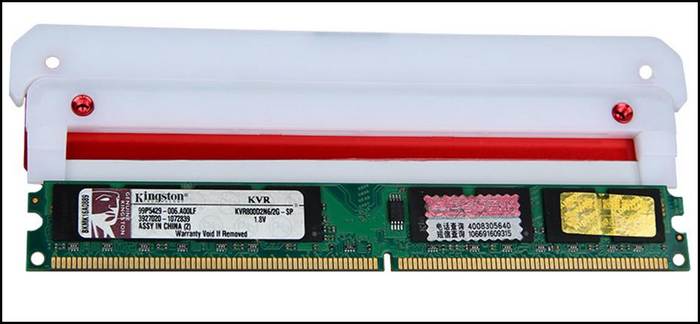
Using a proper heatsink on your RAM will reduce the temperature and keep the memory cool.
But always focus that your heatsink must be better suited to your memory. If the heatsink is not compatible with your memory, it can be harmful to RAM.
Also, check out the best 3200 MHz RAM you can use on your system.
Why does RAM need a Heatsink for overclocking?
Random access memory (RAM) needs a heatsink for overclocking because a heatsink reduces the high temperature created by the massive number of data transfers along with the CPU.
In general, you don’t have to add a heatsink for your memory because RAM doesn’t get overheated at average bus speed. The central cooling system keeps the memory cool at that time. Heatsinks never make a vital difference when you just usually use the memory at stock speeds. Sometimes, it becomes harmful when you use cheap heatsinks in regular RAM.
But, when you customize your memory settings and overclock them, you need a heatsink to protect the memory from heat issues.
A RAM without a heatsink can’t possibly reach its topmost Overclocking potential. It never crosses its data transfer limitations for consuming extra temperature.
When you overclock your RAM with a small margin, it works completely fine without any extra heat spreader. But when you increase the overclock margin, you need a heatsink.
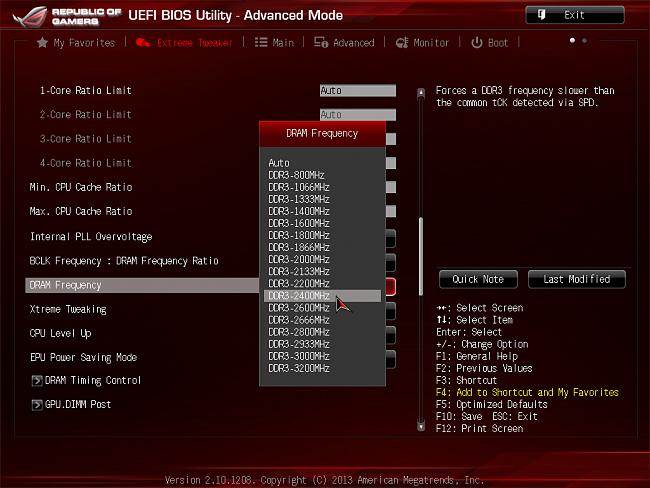
Because in a short amount of time, RAM stores and transfer a large number of data to the CPU in a higher overclock system. Memory needs some extra voltage to complete the data transfer. This voltage can produce overheating in memory. A heatsink can reduce this excess heat and help RAM perform better.
For example, you don’t need a heatsink to increase DD4-2400CL16 RAM to 2800CL16. But when you grow the RAM to DD4-3600CL18, you definitely need a heatsink because it increases the memory temperature for a more significant data transfer rate.
So, you have to use a heatsink for memory overclock. Otherwise, your memory can be damaged.
Can you overclock RAM without a CPU?
Yes, you can overclock the RAM without overclocking the CPU. The memory overclocking system is not connected to the CPU. It’s a specific process to increase the work level of memory. You can overclock RAM using XMP or change the settings of BIOS.
You can simply overclock your memory for intel processor users by using XMP. Just go to the XMP and increase your RAM’s frequency.
For RYZEN CPUs, the process only changed the name by DOCP.
This process may not be stable. Because most of the time, it does not match the spec page of the CPU.
So, do it manually by going to your BIOS settings for memory.
Memory overclocking is not connected with CPU overclocking. It is a process for being compatible with your CPU and other PC components.
So, don’t worry. Overclock your memory and get its highest bus speed.
Can RAM be damaged by overclocking?
No, RAM can’t be damaged by overclocking. Instead, it’s a safe process, actually. It’s not that kind of big deal that can harm your memory or other types of pc components.
It’s a kind of reconfiguration of your memory settings. The manufacturer doesn’t put the highest specification when they make it for the marketplace. There is always a chance to push the memory specification to a higher level for better performance. So why can’t you take the opportunity and get the best performance.
When you work with a large number of data, you have to increase memory frequency speed to transfer the data faster and smoother. It doesn’t harm your memory if you increase your clock time.
Although, if your RAM is not compatible with the other components of your pc, then it may slow down your PC.
Overclocking cannot cause any damage to your memory. But sometimes, extreme heat caused by the overclocking process can damage your memory.
In that case, you can use a heatsink to protect your memory.
Though recent RAM contains a great bus speed and most of the time, it doesn’t need overclocking to be compatible with other PC components.
Suppose you need a heatsink for your old RAM. I describe here some of them.
Best heatsinks for RAM
Though you don’t need any heatsinks for your RAM unless you overclock your memory at a higher level.
If you don’t use a good heatsink, the extra heat can damage your memory. So, choose a heat spreader wisely.
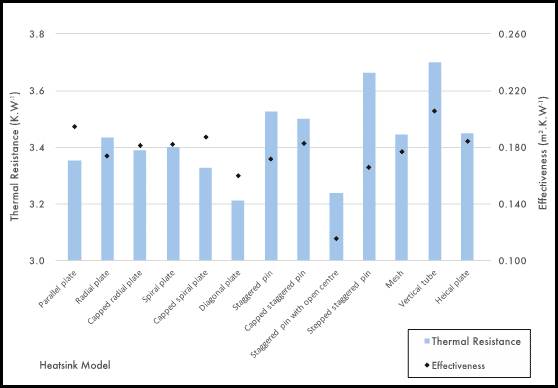
And make sure it must be compatible with your memory.
Here are the best heatsinks for RAM:
Jonsbo Memory Heatsink
A reasonably priced heatsink decorated with RGB lights in 56 colors. Its installation process is very easy.
LM YN Heatsink
A simple but very productive heat absorber. It has a reasonable price and an easy installation process.
EZDIY-FAB
The most colorful heatsink with extra thickness.Compatible with numerous RAM and boards.
Electric magic
The most used heatsink. Reasonably priced and is easy to install.
Also, check out our recommendation for the best Corsair RAM for your PC.
Conclusion
Properly overclocking the RAM can increase your PC’s work limit. As a tech enthusiast, I suggest you overclock the memory and increase the frequency speed of your memory that is compatible with the CPU and get better performance.
But you have to notice on heat issue. If possible, use the memory heatsink. In this post, I briefly described about RAM overclock and heatsink.
Hope this will help you to understand RAM overclock completely.

